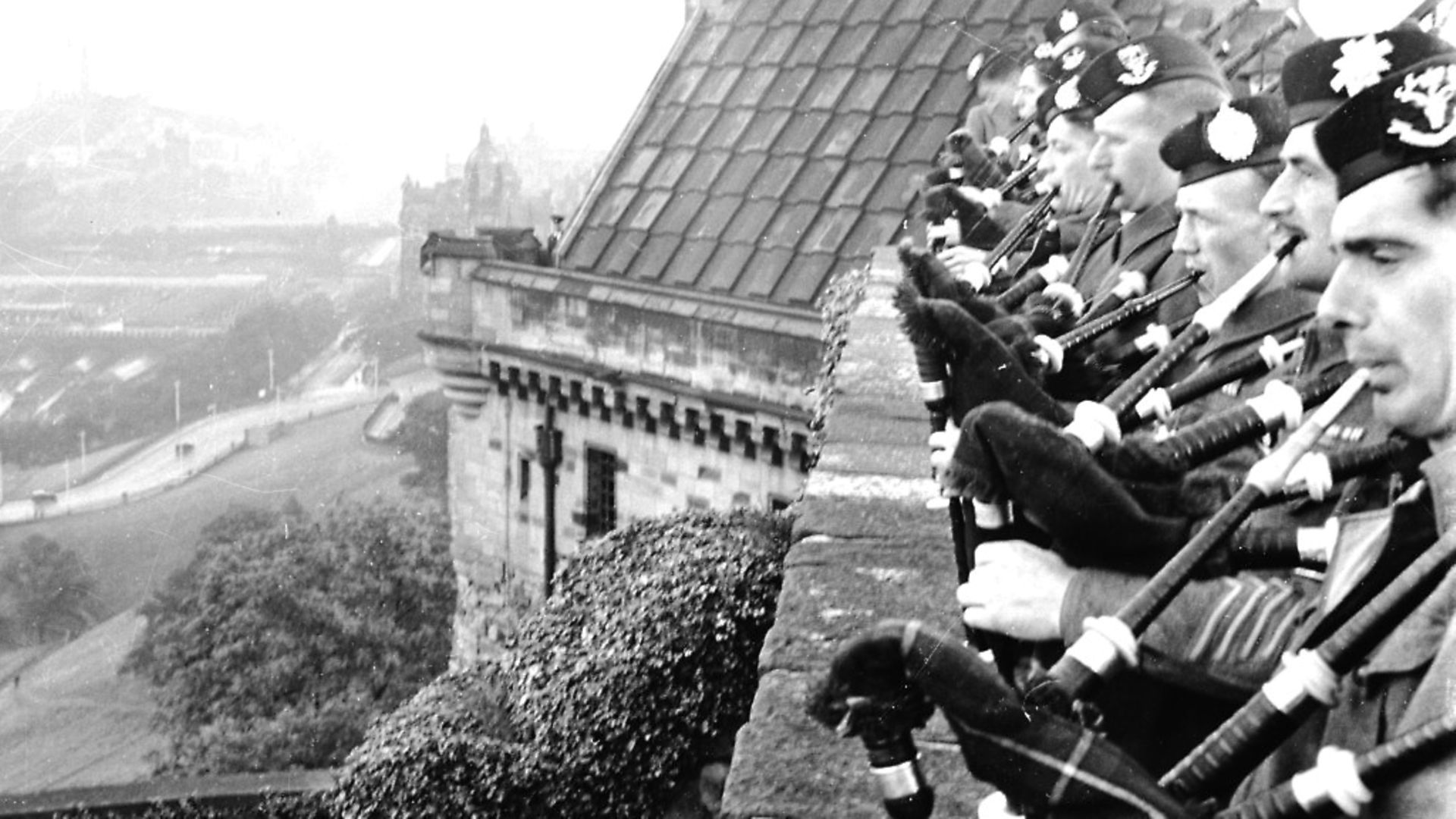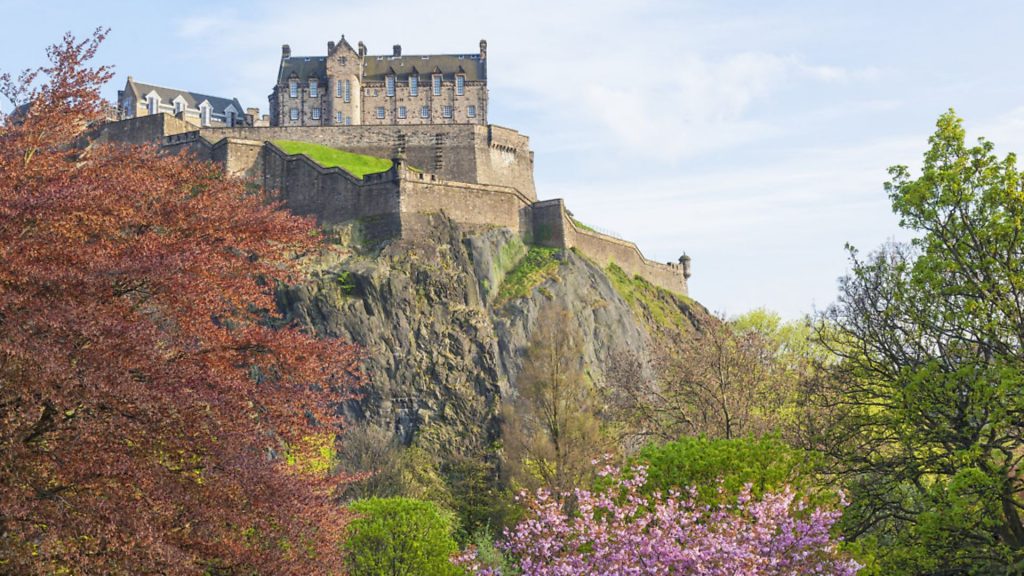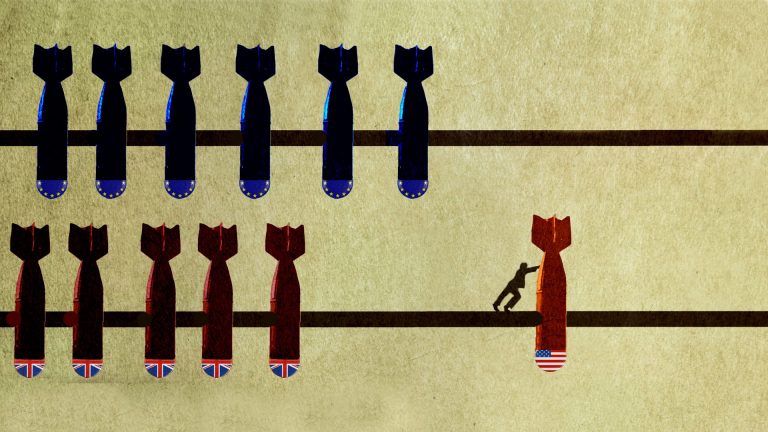
SOPHIA DEBOICK on the sounds of the Scottish capital

When: 16 Jul 2015 – Credit: Archant
In the 17th century, Scotland rediscovered itself, and Edinburgh was the centre of that rediscovery. The 1739 publication of A Treatise of Human Nature, by the city’s own David Hume heralded the beginning of the Scottish Enlightenment and by the end of the century Benjamin Franklin would single out the city as one of intellectual rigour to the point of querulousness: “Persons of good sense… seldom fall into [disputation], except lawyers, university men, and men of all sorts that have been bred at Edinburgh.”
But logic and debate would be met by the Romantic impulse, and Edinburgh’s cultural life would be among the richest in northern Europe, the landscape and folk tradition of the Highlands beyond providing constant inspiration and giving rise to a deep sense of the epic and the mystical that would run throughout the history of Scottish music.
Elegant Edinburgh became the epicentre of the preservation of Scottish musical tradition from the days of Allan Ramsay, notably the creator of the first circulating library in Britain, but also publisher of The Tea-Table Miscellany: A Collection of Choice Songs Scots and English (1723).
While 18th and 19th century efforts to preserve folk tradition in song were sometimes of dubious authenticity – as the allegedly ancient and unchanging was reshaped according to urban tastes – in this city a passion for Scottish culture burned with near religious fervour, and in the following decades, the music coming out of Edinburgh still bore the marks of a tradition for wonder and deep emotion, even as the summer Edinburgh Festival, Hogmanay, and Military Tattoo have become massive, music-studded celebrations of international fame.
The bagpipe as we know it has been accused in recent years of being an invented tradition, arising from a Romantic fascination with Highland culture as the foundation of the Scottish national character and a Victorian vogue for all things Caledonian. Yet the Great Highland bagpipe – the instrument as popularly recognisable today – was being manufactured in Edinburgh more than 250 years ago.
From the 1760s Hugh Robertson, a wood and ivory turner, was making bagpipes in his shop on Castlehill, while Donald MacDonald on adjacent Lawnmarket would be the foremost maker of the pipes in the early part of the 19th century.
While the association of piping with war went back to the Highland clans, the martial nature of the bagpipe came to its fullest expression in the 20th century with the founding of the Piobaireachd Society (piobaireachd meaning the music unique to the Great Highland bagpipe) in Edinburgh in 1903 by a group of army officers, the nucleus from which the Army School of Piping would be formed shortly afterwards.
Today known as the Army School of Bagpipe Music and Highland Drumming, it is located at Inchdrewer House, within Redford Barracks, and is one of the guardians of bagpipe music as a Scottish icon.
Born 70 miles from Edinburgh, in Alloway on the West coast of Scotland, another Scottish icon – Robert Burns – was already a celebrity among Edinburgh’s society people when he went to the city in late 1786. The farmer-poet had charmed the literati with his first edition of Poems, Chiefly in the Scottish Dialect, published that summer, and the second ‘Edinburgh Edition’ would follow early the next year. And it was during that initial visit, when he stayed for some of the time in a house on the site of Deacon Brodies Tavern near the top of the Royal Mile, that Burns’ contribution to the Scottish song tradition would be sealed.
It was while in Edinburgh that Burns met James Johnson, whose engraving workshop on Bell’s Wynd produced sheet music that he sold from a shop on Lawnmarket and who had already far advanced his plans for his publication of The Scots Musical Museum, a collection of traditional songs. Burns would become the virtual editor of five of the six volumes that followed, contributing around 160 songs of his own.
These included some of his best-known – Ae Fond Kiss, My Love Is Like a Red, Red Rose and Auld Lang Syne. Like many of Burns’ songs, Auld Lang Syne was one he did not claim as his – a version of it had been published decades before and Burns claimed his lyrics came from an old man he heard singing it in the street. Since Burns’ song work consisted of lovingly patching up and writing words to old airs, the results bore the marks of the time.
The 114 songs Burns contributed to George Thomson’s A Select Collection of Original Scottish Airs for the Voice from 1793 onwards would be even more questionably ‘authentic’, constrained by the taste of Edinburgh’s cultural elite for a sanitised folk culture (Thomson, after all, enlisted Haydn and Beethoven to write some of these ‘Scottish’ tunes).
As Burns sat working down in Dumfries, Edinburgh was still exerting its influence on his work.
Early in the next century, one of Edinburgh’s most famous sons, Walter Scott, would also make large contributions to the tradition of the Scottish folk song which would be shaped by the fashions among the international cultural aristocracy, from his anthology of ballads, Minstrelsy of the Scottish Border (1802), to writing the texts for three of Beethoven’s Twenty-five Scottish Songs (1818) and his The Lady of the Lake being set to music by Schubert and Rossini.
Over a century later, another great collector of songs, adoptive Edinburgher Hamish Henderson, would emerge. A man who wandered far from his native land during an orphaned youth and incredible wartime career in intelligence, he was nonetheless always under Scotland’s spell. After the war, he found an almost sacred vocation to document the folk music of Scotland and in 1951 he established the School of Scottish Studies at the University of Edinburgh with the Gaelic scholar Calum MacLean, becoming a fixture of its George Square premises for decades.
1951 would be a pivotal year for Henderson, as he also founded the Scottish People’s Festival, a short-lived, radical alternative to the official festival, and acted as guide to ethnomusicologist Alan Lomax as he toured Scotland making recordings. Lomax would claim “the Scots have the finest folk tradition in the British Isles”, saying its songs were “among the noblest folk tunes of western Europe”, and he recorded in Edinburgh that important year, capturing the famed Army School of Piping-trained piper John Burgess, as well as Henderson himself, singing his John Maclean March.
Henderson was famous for holding court at Sandy Bell’s bar, a stone’s throw from Greyfriars churchyard, and while Henderson’s championing of Scottish folk tradition had a huge effect on Scottish nationalism, it also catalysed the folk revival that Sandy Bell’s would be a hub for.
Indeed, in the mid-1960s Edinburgh was home to a network of folk clubs where traditional Scottish music would be melded with blues and American folk during some of the most exciting years of musical history.
The Howff club, opposite St Giles’ Cathedral, was known for bringing influential international artists to Scotland, including Brownie McGhee, Sonny Terry and Pete Seeger, while the Victorian pub the Waverley, on the Old Town’s St Mary’s Street, had a thriving programme of performers from the British Isles. Acts from beyond the city – Glaswegian Billy Connolly and Irish acts the Clancy Brothers and the Dubliners – were joined at the Waverley by Edinburgh-raised Bert Jansch and the Incredible String Band (original members Robin Williamson and Clive Palmer shared a flat on West Nicolson Street, off George Square), who would exert a subtle but deep influence on British music
Originally a duo, the Incredible String Band’s Williamson and Palmer often played the low-key Crown Bar on Lothian Street, but when they added Mike Heron to the band in 1965 and released their eponymous debut the following year, they caused a critical stir and would be claimed as an influence on everyone from the Beatles to the Stones. Meanwhile, Jansch would find his songs ‘repurposed’ by some of the most revered names in rock – his Blackwaterside bore enough of a resemblance to Led Zeppelin’s Black Mountain Side that legal action followed, while his Needle of Death was uncannily similar to Neil Young’s Ambulance Blues.
While in the 1970s the tartan-draped, teen-baiting pop of the Bay City Rollers was, for better or worse, Edinburgh’s biggest musical export, in the following decade a sound rooted in the folk tradition emerged to chart success.
The pan-Celtic ‘Big Music’ of the mid-1980s was no better represented than by The Waterboys’ The Whole of the Moon, a modest Top 30 on its original 1985 release and a transatlantic smash on re-release in 1991. Mystical and achingly romantic, its triumphant wistfulness was matched only by The Proclaimers’ debut Letter From America (1987), cinematic in its evocation of the emigration of Scots during the Highland Clearances and since: “All the blood that flowed away/ Across the ocean to the second chance.”
Folk authenticity is one thing, but in these hits the epic in the soul of Scotland was reflected with rare perfection.









